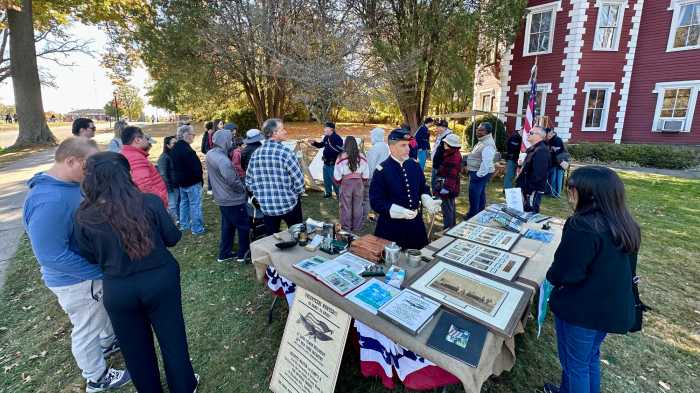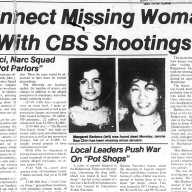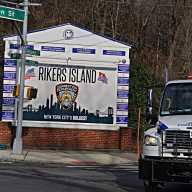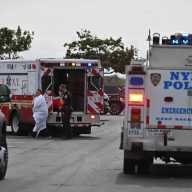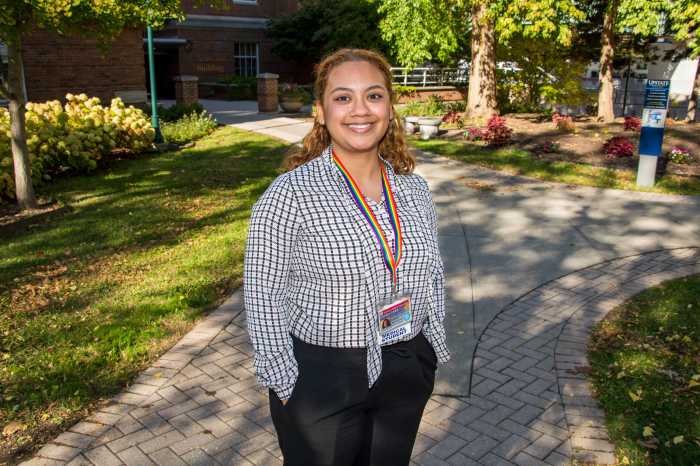After years of working on plans to improve the way the City transports waste, the City Council approved Mayor Michael Bloomberg’s long-term plan that will change the way the city transports waste from an emphasis on trucking to the usage of rails and barges.
The 20-year-plan, which will go into effect beginning in 2009, will export nearly 90 percent of the residential waste by rail or barge compared with the current method that uses Sanitation trucks and private tractor-trailers to export 84 percent of the waste. The plan focuses on making the methods more environmentally responsible, economically sound, and equitable across the five boroughs.
“Today’s vote is the culmination of years of work to achieve cleaner air, far fewer trucks on the road, and more recycling,” Mayor Bloomberg said, at the press conference announcing the plans. Bloomberg praised the Council and Speaker Christine Quinn for their efforts in making this plan become a reality.
Under the Solid Waste Management Plan, the City will build four new Marine Transfer Stations (MTS), and barges will carry containerized waste from Sanitation trucks to an inter-modal facility. The barges will be transferred to a rail car or a sea-faring barge and sent to an out-of-state waste disposal facility.
In addition, the plan will make use of up to six privately owned rail transfer stations in Brooklyn, Queens, and the Bronx handling nearly all of the city’s residential waste.
The new Solid Waste Management Plan also includes a new recycling plan, as the City will enter into a 20-year contract with Sims Hugo Neu to process metal, glass, plastic, and some paper.

